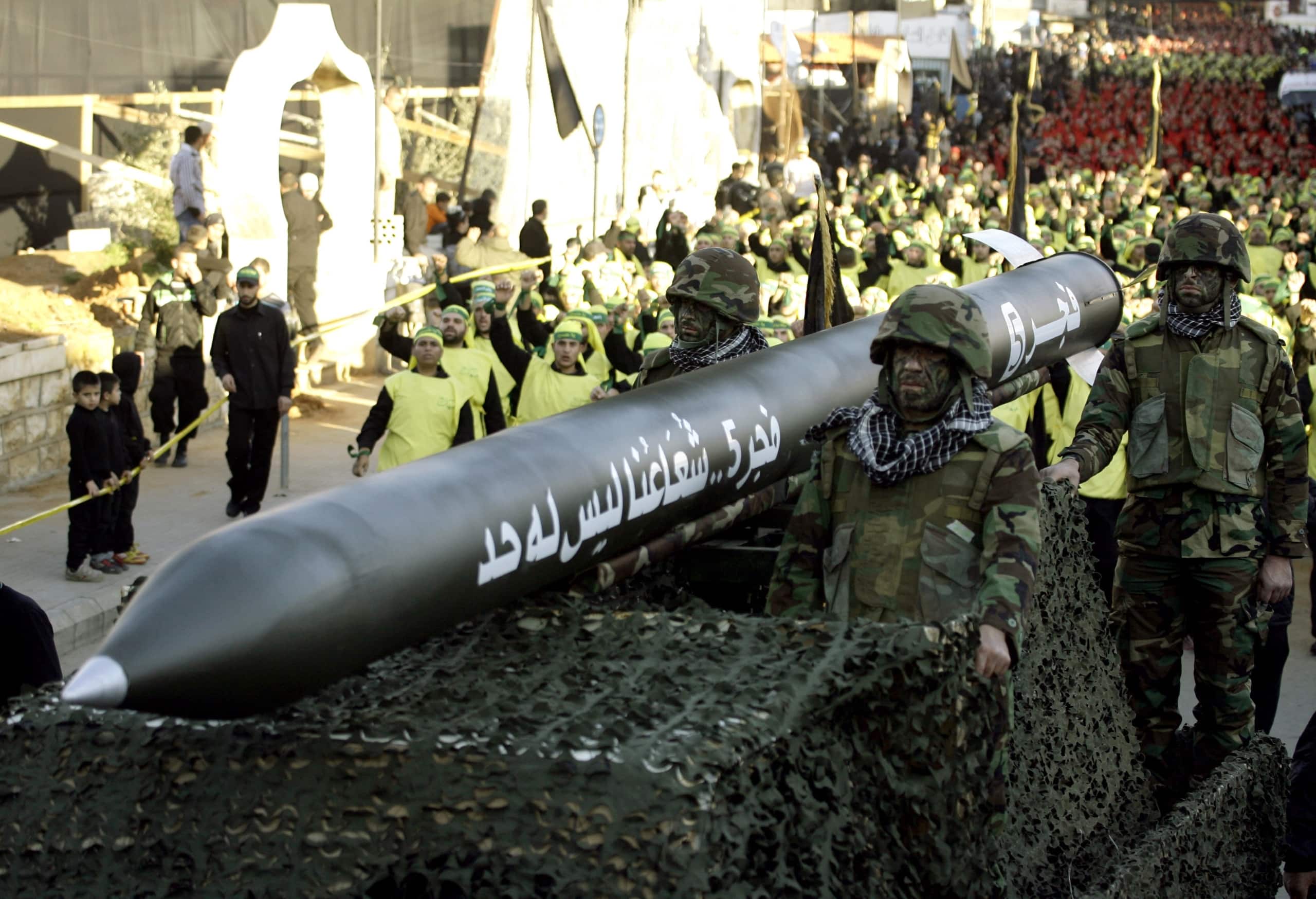
June 26, 2018
Hezbollah (“Party of God”) is a Lebanese political party and militant group with close ties to Iran and Syria’s Assad regime. It is frequently identified as an Iranian proxy, as the Party supports Tehran’s regional ambitions in exchange for military, financial, and political support. Hezbollah is the world’s most heavily armed non-state actor, and has...
June 14, 2018
The United States is the world’s dominant military power. But while its arsenal of conventional strike assets contains some of the most sophisticated weapons in the world, much of its strategic nuclear triad forces are aging quickly. Modernization programs are underway, including a replacement for the Ohio-class submarine, next generation land-based ICBMs, a new long-range nuclear capable bomber,...
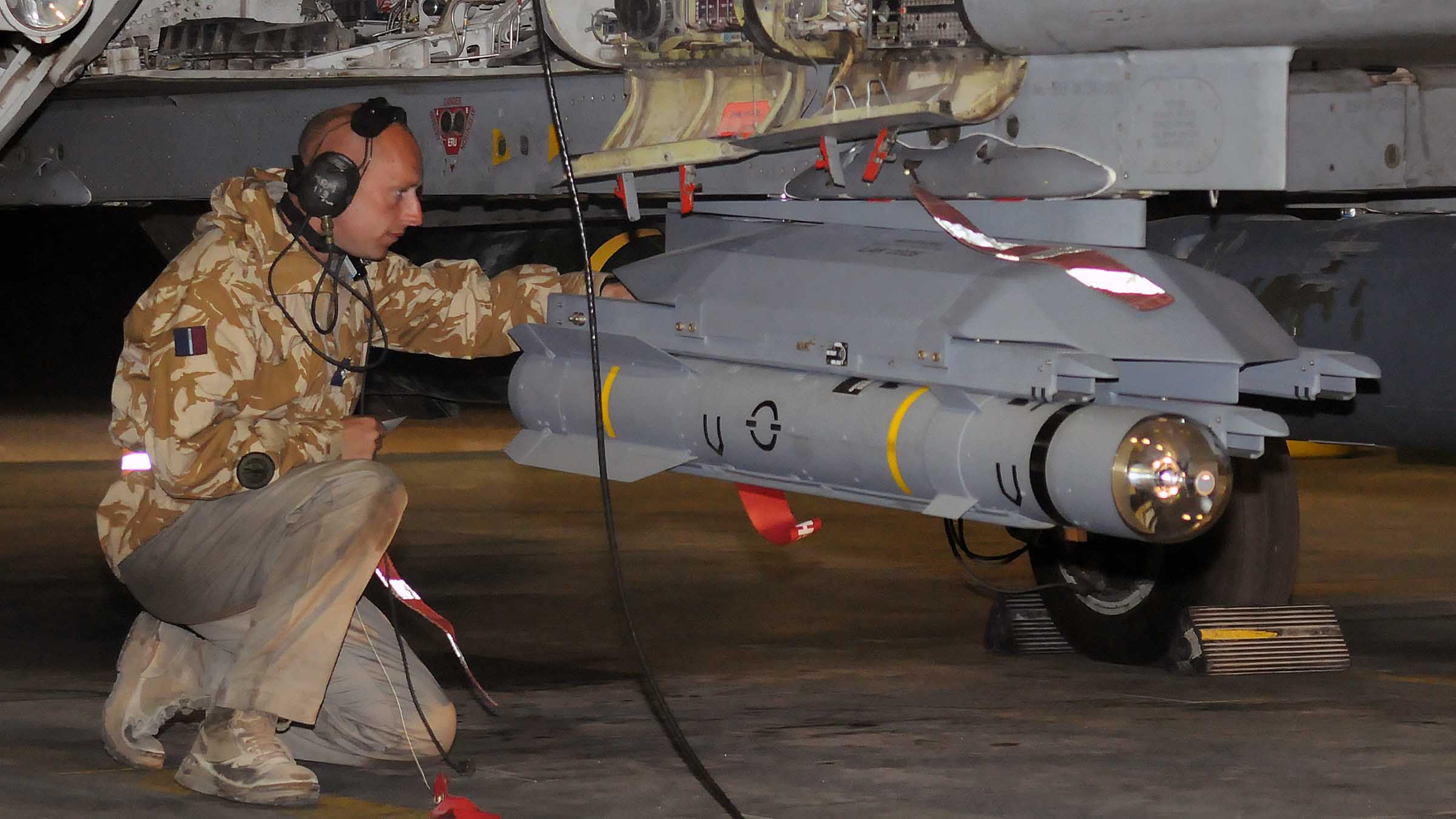
June 14, 2018
The United Kingdom is one of the world’s five recognized nuclear powers, and its military possesses a capable arsenal of air- and submarine-launched cruise and ballistic missiles. Maintaining a continuous at sea deterrent (CASD) since April 1969, the United Kingdom deploys at least one of its four Vanguard-class submarines carrying nuclear-armed Trident D-5 ballistic missiles...
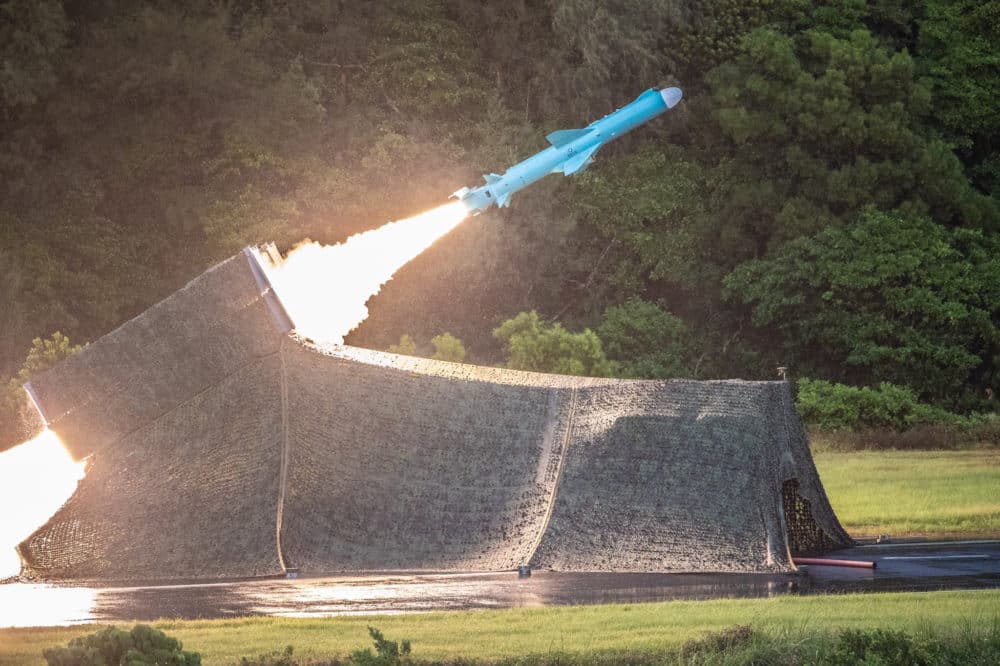
June 14, 2018
Taiwan’s missile program makes up a substantial element of its deterrence posture against the People’s Republic of China (PRC), its primary security concern. Historically, Taiwan has limited the composition of its missile forces to mostly defensive assets, such as antiship cruise missiles and short-range ballistic missiles. Taiwanese leaders have generally considered this approach an effective...
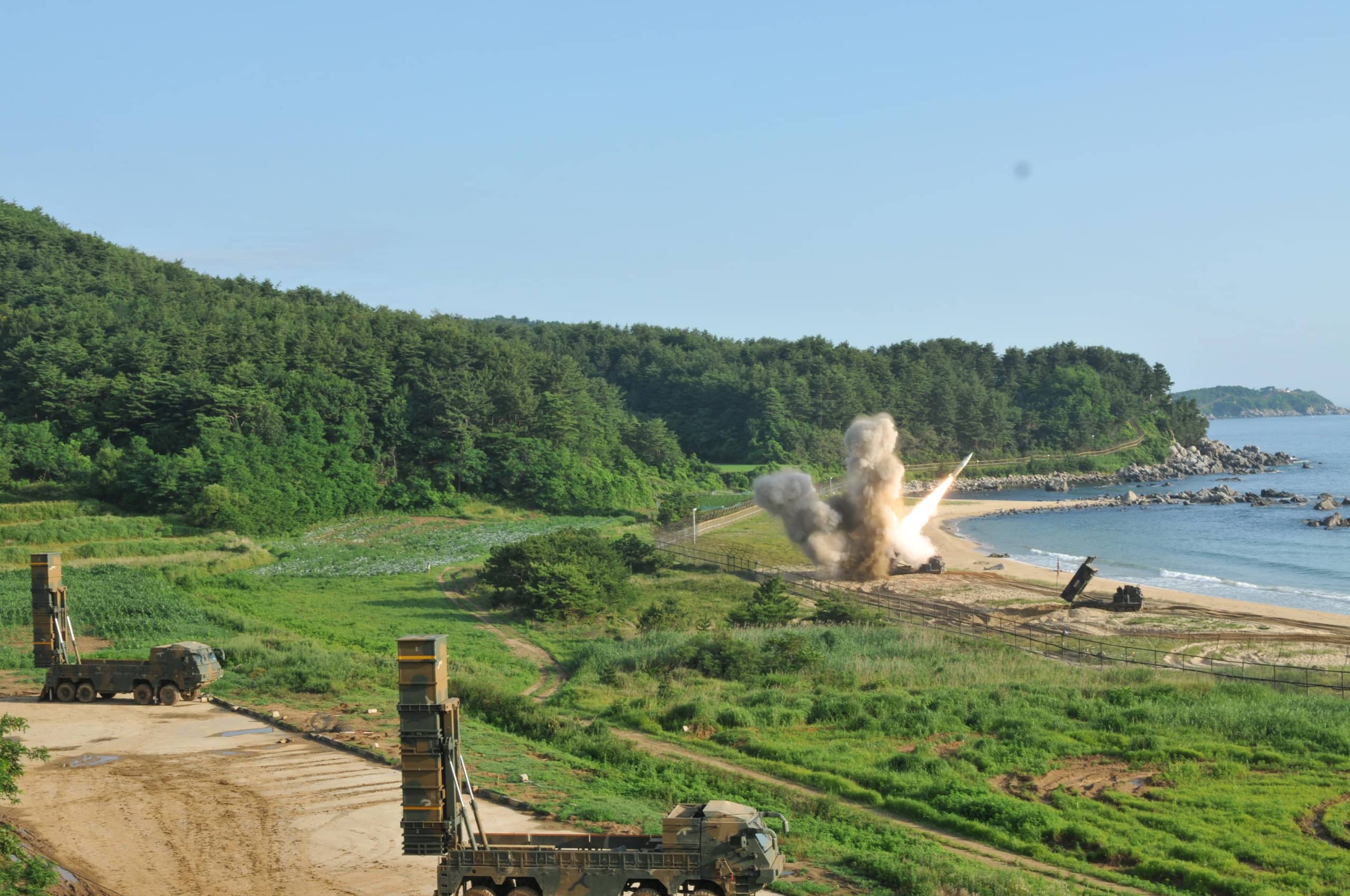
June 14, 2018
Precision strike has taken on a critical role in South Korean military doctrine in recent years. Two central Republic of Korea (ROK) strategies – “Kill Chain” and “Korea Massive Punishment and Retaliation” (KMPR) – rely heavily on precision-guided munitions and surveillance to detect, preempt, and/or retaliate against a North Korean attack. These strategies work in tandem...
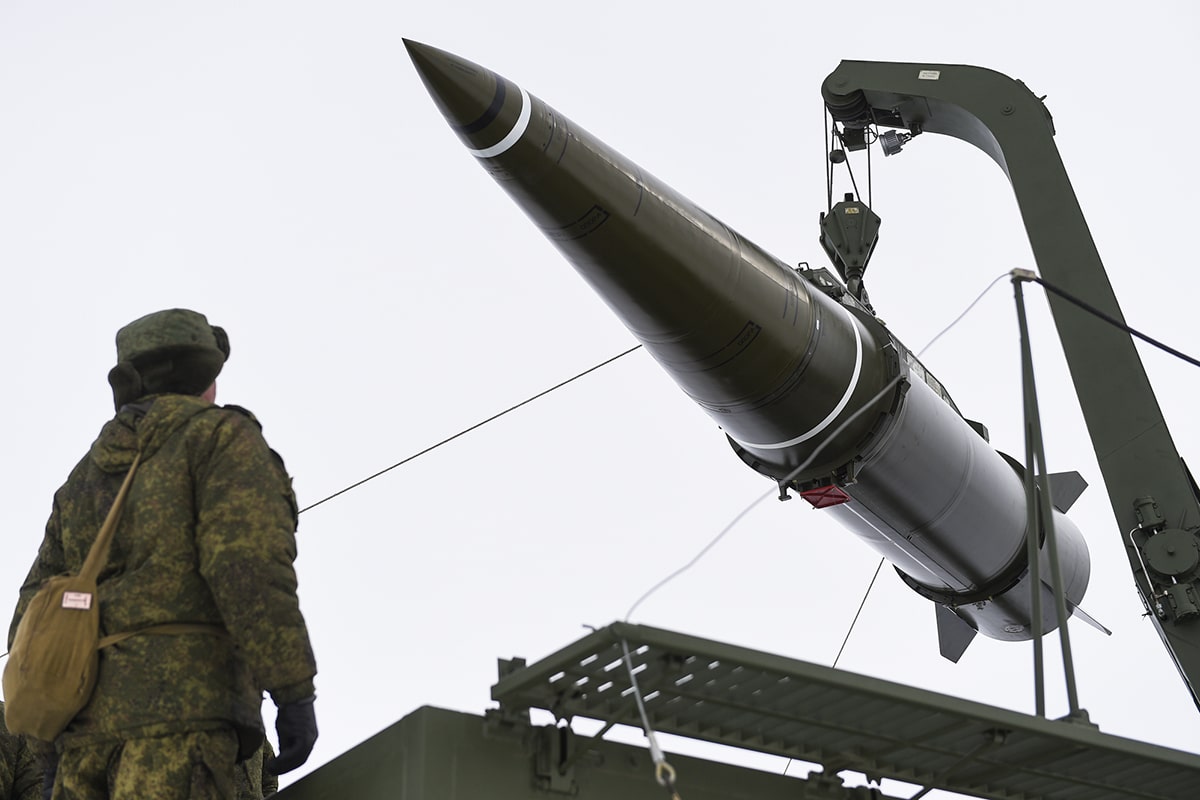
June 14, 2018
As the heir to the substantial Soviet missile arsenal, Russia boasts the widest inventory of ballistic and cruise missiles in the world. Russia remains a major power in the development of missiles of all kinds, and Russian strategic rocket forces constitute a significant element of Moscow’s military strategy. Russian missiles perform a wide variety of...
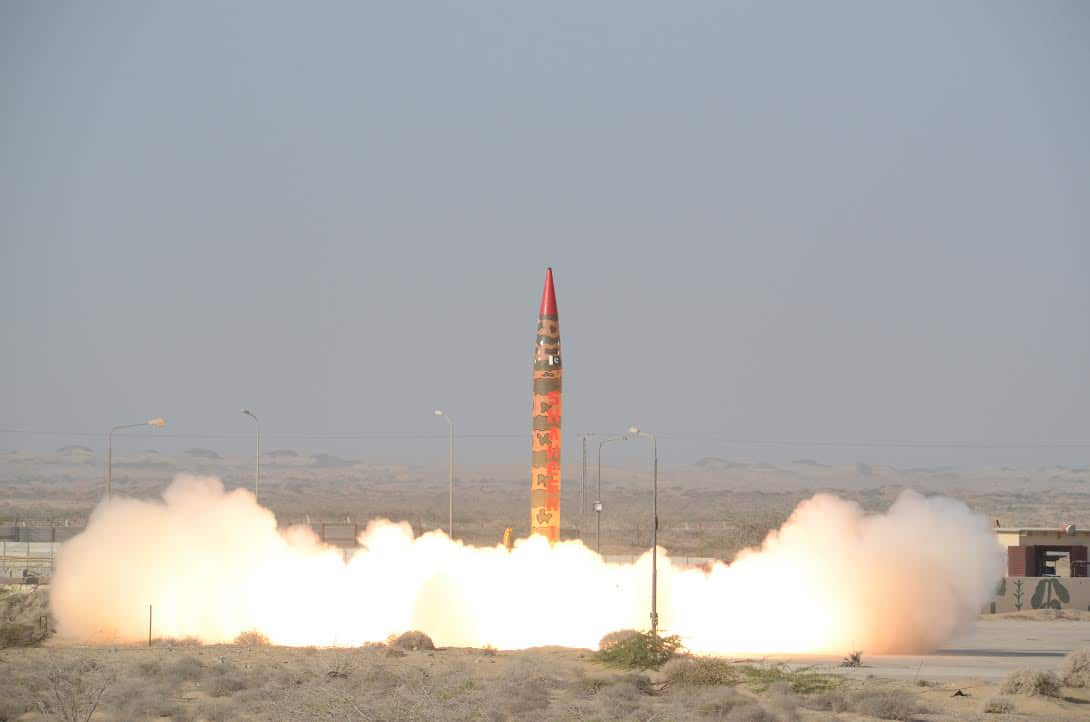
June 14, 2018
Pakistan’s missile arsenal forms an important part of its defense strategy for offsetting the significant conventional military advantages of its main rival, India. Pakistan’s arsenal consists primarily of mobile short- and medium-range ballistic missiles, but it is also making strides in its cruise missile capability. Pakistan’s combined strategic forces allows it to target almost any...
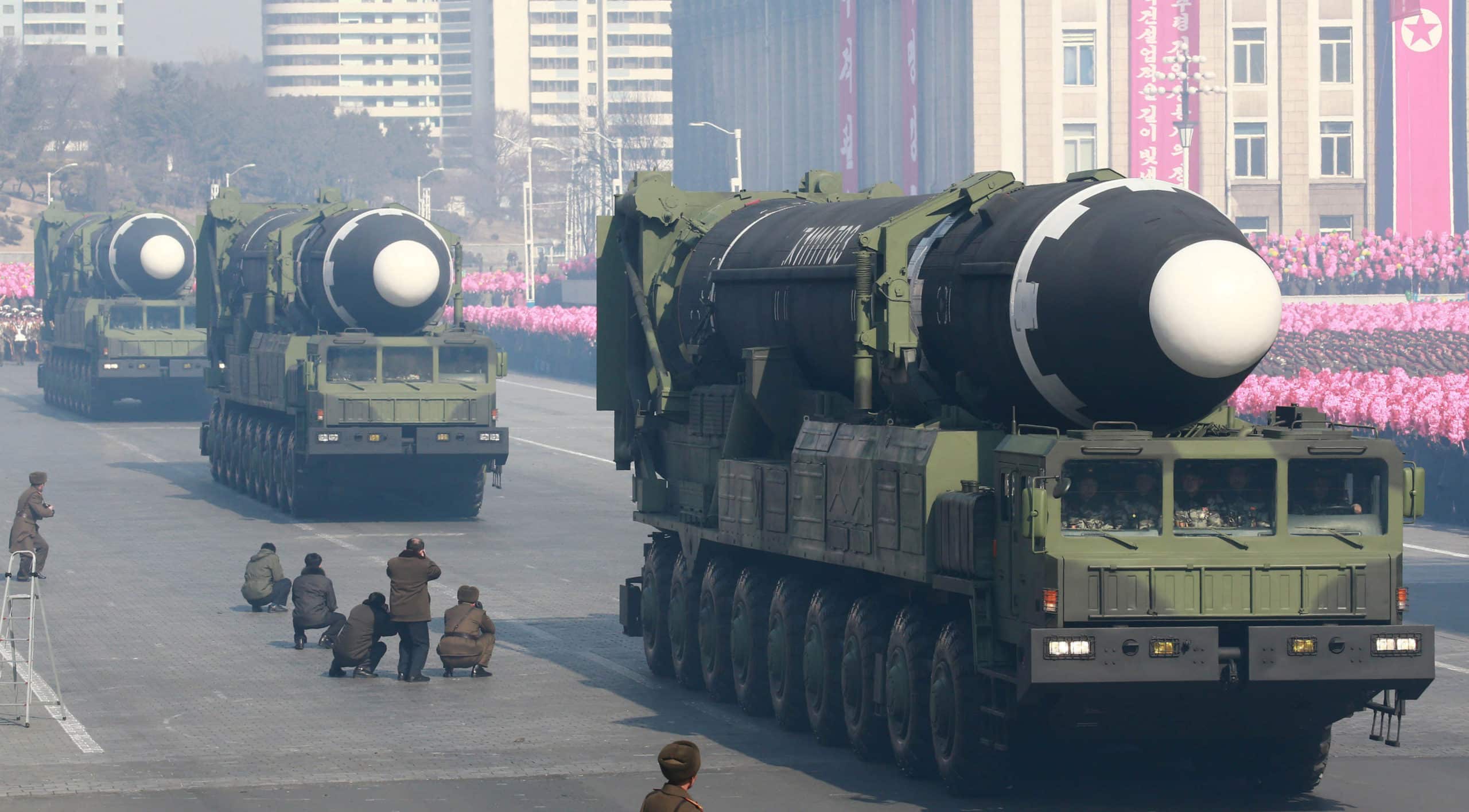
June 14, 2018
Due to the growing obsolescence of North Korea’s conventional military capabilities, North Korea has for decades relied on a national security strategy based on asymmetric capabilities and weapons of mass destruction. Pyongyang has invested heavily in the development of increasingly long-range ballistic missiles and the miniaturization of its nascent nuclear weapons stockpile. North Korea uses...
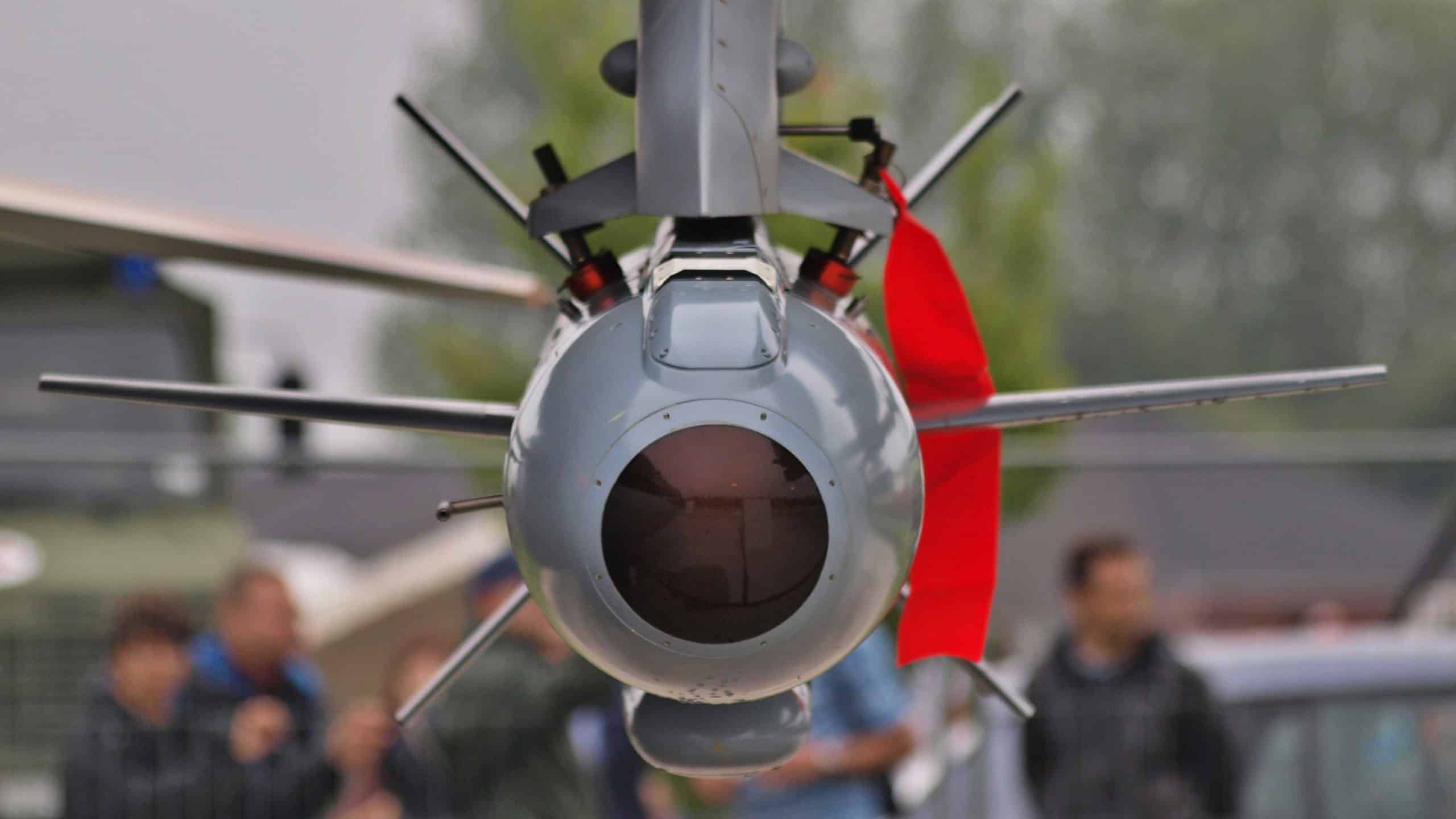
June 14, 2018
Israel has one of the most technologically advanced missile arsenals in the Middle East. Aided by foreign assistance and collaboration over the past six decades, Israel domestically produces numerous cruise and ballistic missiles and has engaged in the export of missile systems to numerous other nations. While the bulk of Israel’s missile forces consist of...

June 14, 2018
Iran possesses the largest and most diverse missile arsenal in the Middle East, with thousands of ballistic and cruise missiles, some capable of striking as far as Israel and southeast Europe. For the past decade, Iran has invested significantly to improve these weapons’ precision and lethality. Such developments have made Iran’s missile forces a potent...








